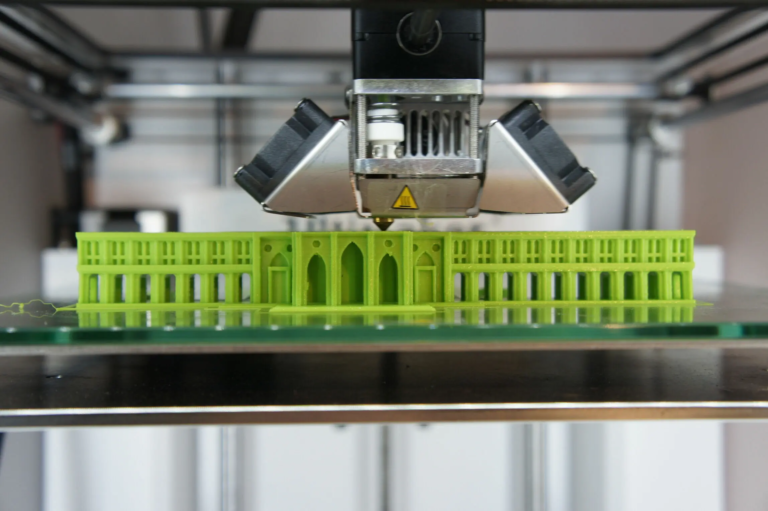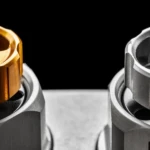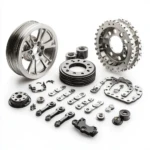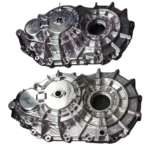As a key component of modern manufacturing, CNC programming plays a crucial role in ensuring the effective production of parts and products. In this article, we will dig into the basics of CNC programming and explore basic concepts, techniques, and best practices based on this complex field.
CNC programming involves using computer-aided design (CAD) software and computer-aided manufacturing (CAM) software to create guidance sets to guide CNC machines in part production. These instruction sets (also known as G-codes) are used to control the movement of the machine cutting tool to ensure that the final product meets the required specifications and tolerances.
In order to create an effective CNC program, programmers must have an in-depth understanding of the functions of the machine, the properties of the materials being used, and the specific requirements of the project. This includes the type of cutting tool to be used, the optimal cutting speed and feed speed, and the necessary tolerances and finishes.
One of the key concepts in CNC programming is the use of coordinate systems, which provides a framework for reference for machines. The most common coordinate system used in CNC programming is the Cartesian coordinate system, which consists of three axes (X, Y, and Z) that intersect at one point. Control the motion of the machine by specifying the coordinates of the cutting tool associated with this reference frame.
Another important aspect of CNC programming is the use of a G-code command that instructs the machine to perform specific operations, such as moving to a specific position, turning the spindle on or off, or changing the cutting tool. These commands are usually written in a specific format, using a combination of letters and numbers to specify the required actions.
In addition to G-code commands, CNC programmers also use macro programming, which involves using custom coded code to perform complex tasks or automate repetitive processes. Macro programming can significantly increase the efficiency and productivity of CNC machining operations, allowing programmers to create custom programs that meet specific production requirements.
In order to be proficient in CNC programming, you must have hands-on experience in CNC machines and programming software. Many manufacturers and training institutions offer courses and certification programs in CNC programming that provide a comprehensive introduction to the topic and help programmers develop the skills and knowledge they need to succeed in the field.
In short, CNC programming is a complex and multidisciplinary field that requires in-depth understanding of machine functions, material properties, and project requirements. By mastering the basic concepts and techniques of CNC programming, including coordinate systems, G-code commands and macro programming, manufacturers can optimize their production processes, improve product quality and reduce production costs.
FAQ:
Q: What is CNC programming?
A: CNC programming involves using computer-aided design (CAD) software and computer-aided manufacturing (CAM) software to create guidance sets to guide CNC machines in part production.
Q: What is G code?
A: The G code is a set of instructions that can instruct the CNC computer to perform specific operations, such as moving to a specific location, turning the spindle on or off, or changing the cutting tool.
Q: What is macro programming in CNC programming?
A: Macro programming involves using custom code to perform complex tasks or automating repetitive processes in CNC machining operations.
Q: How to master CNC programming?
A: To be proficient in CNC programming, you must experience it in CNC machines and programming software and use a course or certification program in CNC programming.
Q: What are the benefits of CNC programming?
A: The benefits of CNC programming include optimized production processes, improved product quality and reduced production costs, and the ability to create complex and customized parts with high accuracy and accuracy.
Q: What is the difference between CNC programming and manual processing?
A: CNC programming uses computer-aided design (CAD) software and computer-aided manufacturing (CAM) software to create a set of instructions that guide CNC computers, while manual machining involves using manual controls to operate the machine.
Q: Can I learn CNC programming online?
A: Yes, there are many online courses and tutorials that teach you the basics of CNC programming, including G-code, macro programming, and CNC machine operation. However, hands-on experience in CNC machines and programming software is still essential to master CNC programming.
















